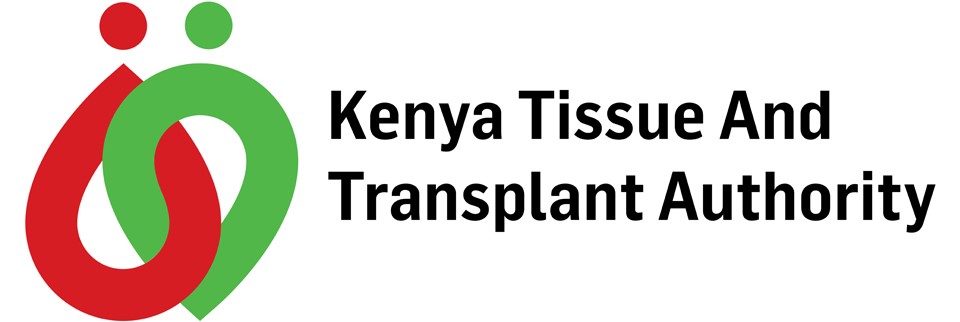REMARKS BY SICILY KARIUKI EGH, CABINET SECRETARY FOR HEALTH DURING THE LAUNCH OF TERUMO BCT, FIRST REGIONAL OFFICE IN SUB-SAHARAN AFRICA IN NAIROBI ON 7TH FEBRUARY 2019.
Hiroshi Nagumo, Senior Vice President, Blood Center Solutions, Terumo BCT,
Josephine Githaiga – Head, Kenya National Blood Transfusion Service,
The highest Blood donors – Kennedy Apha Sanya and Aisha Dafalla,
Senior Government Officials present,
Invited guests,
The Media
Ladies and Gentlemen,
I am delighted to preside over the launch of Terumo BCT, first regional office in sub-Saharan Africa in Nairobi tonight. Let me take this opportunity to welcome the company in Kenya in the spirit of African hospitality.
Ladies and Gentlemen, The Kenya National Blood Transfusion Service (KNBTS) was established in the year 2000 under the Ministry of Health. Its mandate is to collect, test, process and distribute blood and blood products to all transfusing hospitals in Kenya. KNBTS has six Regional Blood Transfusion Centres namely Nairobi, Embu, Nakuru, Eldoret, Kisumu and Mombasa and 21 satellite stations.
The satellite stations are located in Thika, Meru, Nyeri, Garrisa, Kitale, Lodwar, Bungoma,Busia,Migori,Kisii,Kericho,Narok,Nandi,Machakos,Voi,Malindi,Lamu,Kitui, Wajir,Naivasha and Kwale.
Ladies and Gentlemen, An adequate and reliable supply of safe blood can be assured through a stable base of regular, voluntary, unpaid blood donors. These donors are also the safest group of donors as the prevalence of blood borne infections is lowest among them.
In Kenya, 2 of every 3 units of blood are transfused to mothers and children. It is however very unfortunate to know that Kenya has a relatively high maternal mortality ratio compared to the western world at 362 maternal deaths per 100,000 live births. The leading cause of maternal mortality is bleeding just before or after childbirth or due to a miscarriage, induced abortions and other pregnancy related complications such as tubal pregnancy. About 60% of blood is used to transfuse children and women in Kenya.
Kenya needs about 450,000 units of blood annually, last year the Kenya National Blood Transfusion service collected a total of 164,275 units of blood, representing 91.3% of the annual target of 180,000 units. Every 10 minutes about 7 Kenyans need blood and are at risk of dying if it is not available. According to the World Health Organization (WHO) standard for Kenya to claim blood sufficiency we need at least 1% of the 45 million Kenyans to donate blood once in a year, this would give us 450,000 units of blood.
Ladies and Gentlemen, To mitigate the scenario of perennial blood shortage the Kenya National Blood Transfusion Service have adopted various strategies including targeting the adult blood donors and upscaling effective donor education and communication. We are also encouraging walk-in blood donors to our facilities across the country as a measure of reducing the cost of collecting blood.
Currently we are serving 500 transfusing hospitals nationally with blood and blood products. These facilities are public, private and faith based. We have also stepped up our haemovigilance capacity to guarantee safety from our end and to the facility.
Ladies and Gentlemen, I am excited about Terumo BCT setting a base in Nairobi, clearly they had a variety of countries where this could be done but they chose Kenya, indeed it is a privileged. I am reliably informed that this will also be a training centre for various professionals in the blood sector in the region; I trust that our people and indeed our country will leap the highest benefit.
Ladies and Gentlemen, The health care delivery system in Kenya today is geared towards adopting technology based solutions to surmount the challenges that we face on a day today basis and therefore we need to venture more into therapeutic epheresis which is a major strength of Terumo BCT. This will make blood components available to patients on time and at an affordable rate.
Ladies and gentlemen, as we roll out the Universal Health Coverage, adequate and safe blood for transfusion will be a key component of its success since availability of blood reduces hospital stay for patients thus reducing the cost of health care to patients and their relatives.
Finally Ladies and Gentlemen, I would like to appreciate blood donors, development partners and stakeholders who have over the years stood with us in our effort of improving access to health care for Kenyans.
It is now my present duty to declare the Terumo BCT, first regional office in sub-Saharan Africa, Nairobi officially opened.
Thankyou.



